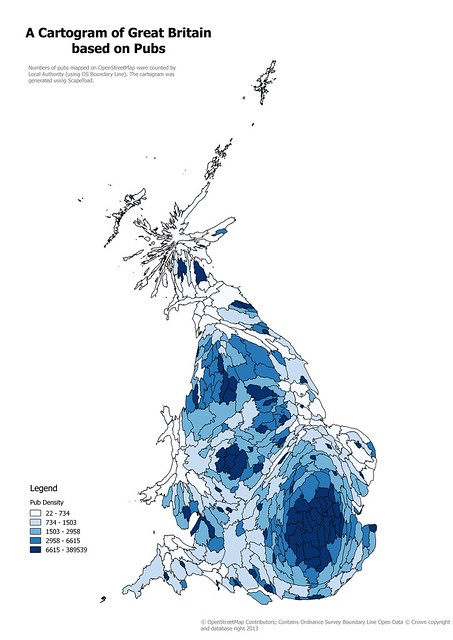In my post on
Woodland Cartography I noted with regret that I had not consulted the
Shorter Science and Civilisation in China regarding cartography.
I've now read the relevant chapter, and was rather disappointed. Although there was a fair amount of information about surveying, there was very little about cadastral surveys. Elsewhere in the world they seemed to be a major driver for collecting information about trees and woodland in the past. (Subsequently, I've also had a peek in the relevant complete volume of
Science & Civilisation in China, and it suffers from the same deficiency).
What was interesting was a map from the 12th century which shows China with a rectangular grid overlay.
 |
The Yǔjī tú (禹迹图 following the footsteps of Yu).
A detailed
map of China carved in the Song dynasty on a stele now in the Stele
Forest Museum, Xi'an. The original image in the Library of Congress is a
scan of a rubbing of the stele. This version has been converted to
monochrome, inverted and normalized to enhance contrast. |
My interest was piqued, because I had not given over much thought to the historical development of gridded map systems: other than to assume most kilometric grids originated from military needs. In fact a recent discussion revealed that the Irish Grid was created around the time of the Second World War, with an antecedent in the grid used on the GSGS sheets of
out-of-copyright maps shown on the Irish OSM server.
One early and prominent grid is the
township grid of 6 by 6 mile squares which overlays much of the Western USA. This was created in the early days of the Republic, but like many such cadastral systems was more a series of grids with different origins than a single grid (see the wikipedia article for detail). I've made a crude attempt to map
one such township in Oregon, close to the ranch founded by my great-great uncle.
Similarly in Ireland, the initial survey for the 6 inch maps produced sheets on county lines; as did the equivalent, but much later survey in Great Britain. Probably the same happened in other places: quite local grids initially, with consolidation occurring later.
Coincidentally Mike Dobson discusses location grids in a
recent post about
what3words. His discussion not only places their use in a modern context, but also has more information on their origins.





